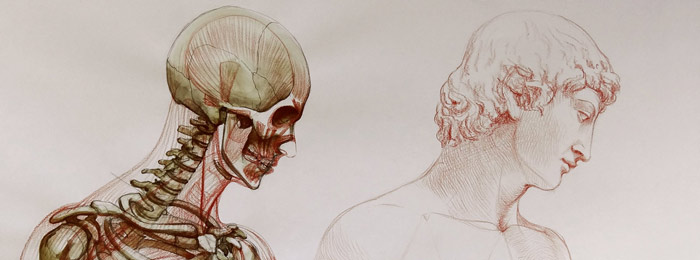Question from Marty
I attend two live model workshops each week. When not drawing from life, I draw from photographs and from the masters.
How can I apply what I learn about anatomy to my life drawing work?
Thanks,
Marty
Dear Marty,
Thank you for your question.
There are two ways of learning anatomy – one for medical students, another for artists. Recently, I had an in-depth discussion with my friend, who is a doctor, but also a fine artist. She told me that what she had learned during six years about anatomy for doctors helps very little when it comes to drawing figures and portraits, so she had to re-learn human anatomy once again for figurative artists.
So, I hope that your knowledge about anatomy comes from resources designed for artists, not doctors.
Anatomy for artists includes the necessary information about proportions of a human body, head and face, construction of a skeleton, shapes and locations of muscles.
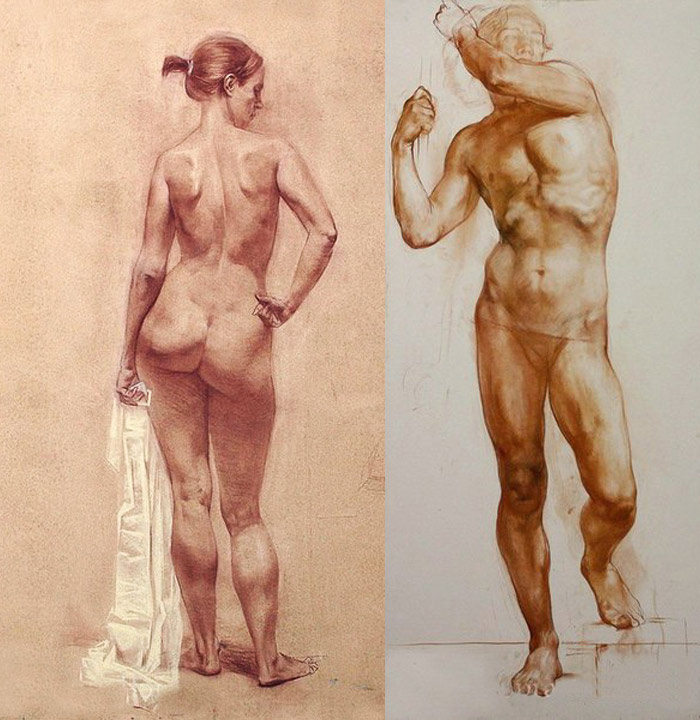
Above all, there are the must-know things of how to draw a human figures and portraits – the step-by-step sequence of constructive drawing.
I described the example of such a constructive drawing approach in the best-selling book on “How to Draw a Portrait” available on Amazon.
Coming back to your question on how to apply the anatomy knowledge to life drawing, you need to do the following:
- Draw figures or portraits in the correct sequence of steps.
- Apply constructive drawing principles.
- Use correct proportions.
- Draw what you know, not copy what you see. This includes the knowledge of bones and muscle anatomy.
- Double-check proportions and alignments in your drawing using the necessary information from anatomy for artists.
- Render tonal values in accordance with planes shaped by bones and muscles.
- In portraits, draw emotions formed on a face by facial muscles.
All these things are actually one skill – depicting what you know using constructive drawing.
Just to illustrate what “drawing what you know” means, I’ll give you the following example. Unless you know that the distance between the lower edge of the eye-socket of the skull and the upper edge of the nose wing is only about one finger-width, you would likely make a junior mistake of drawing a nose longer that it should be. There are hundreds of such small “know-hows” in figurative drawing.
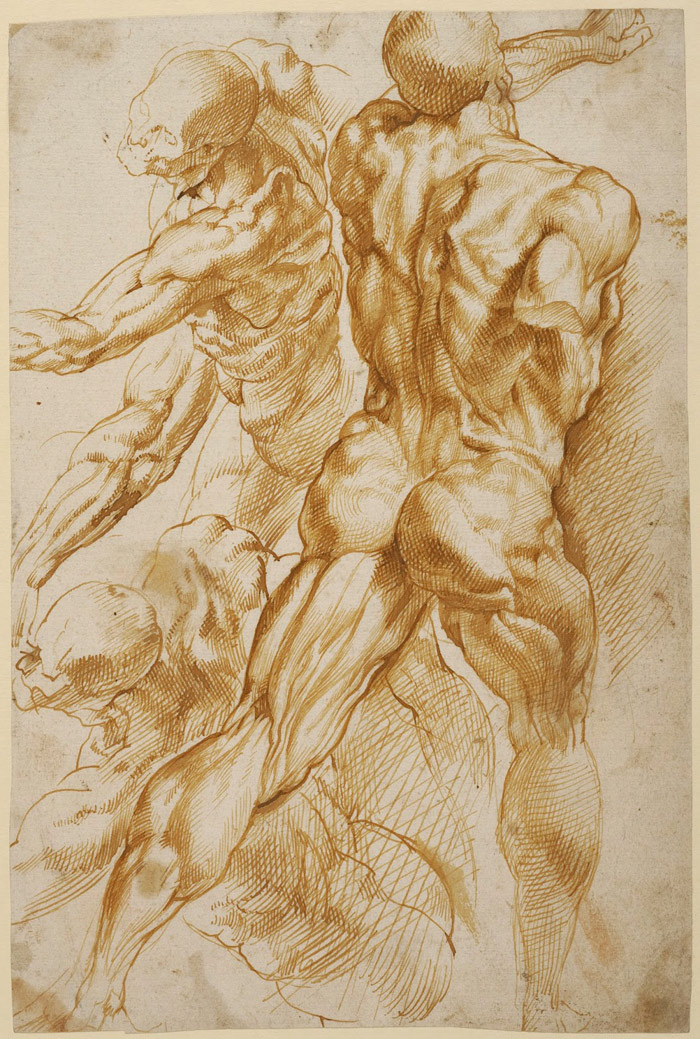
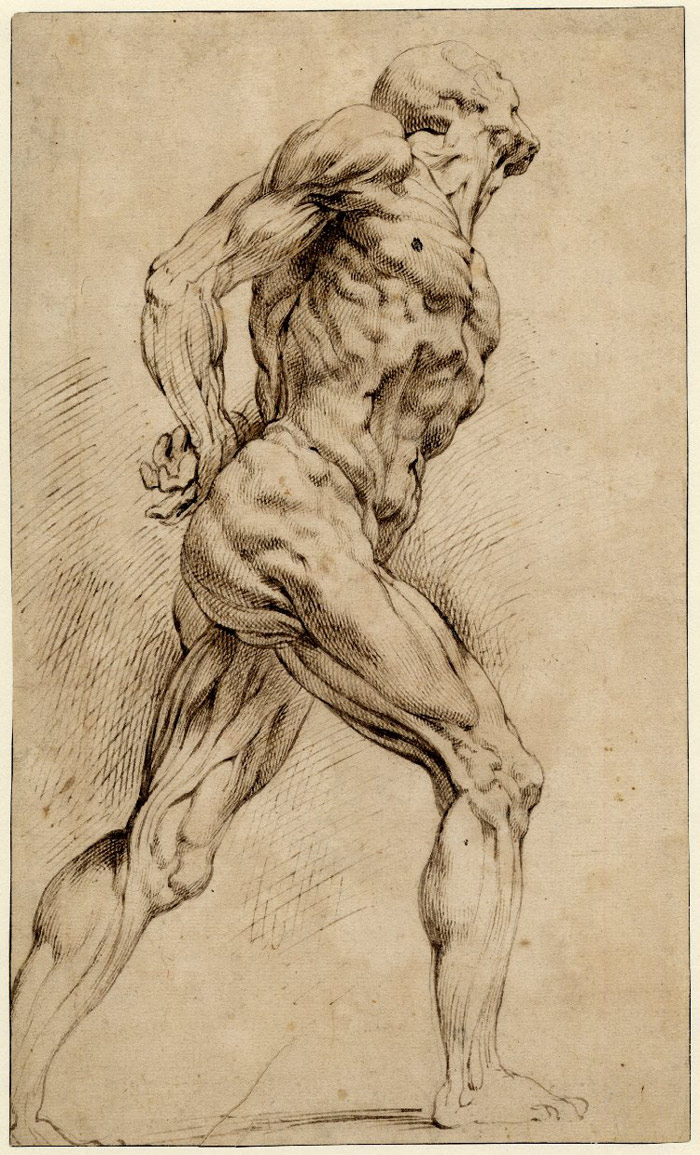
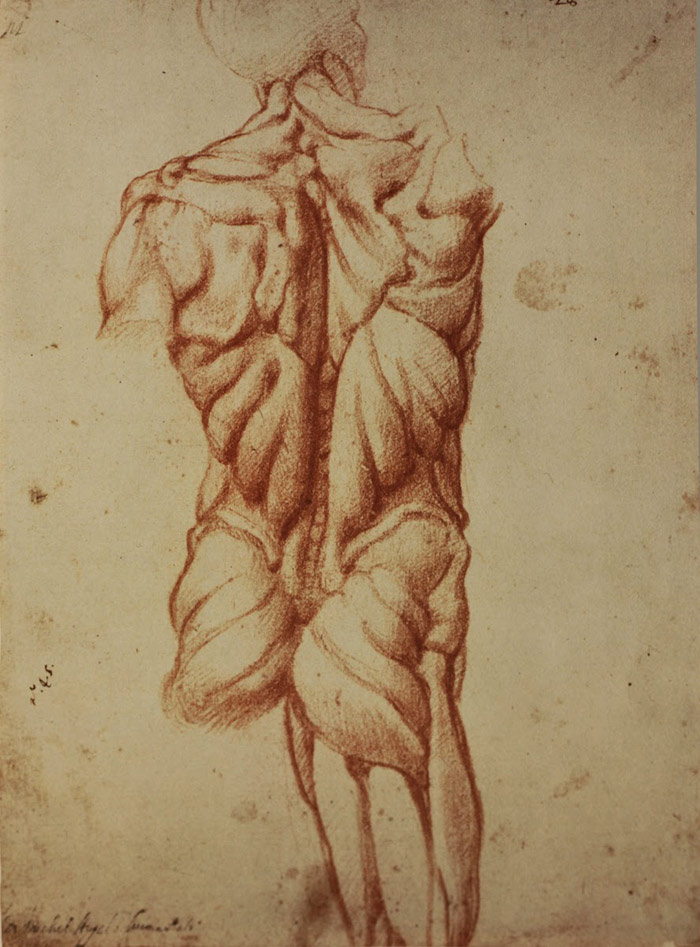
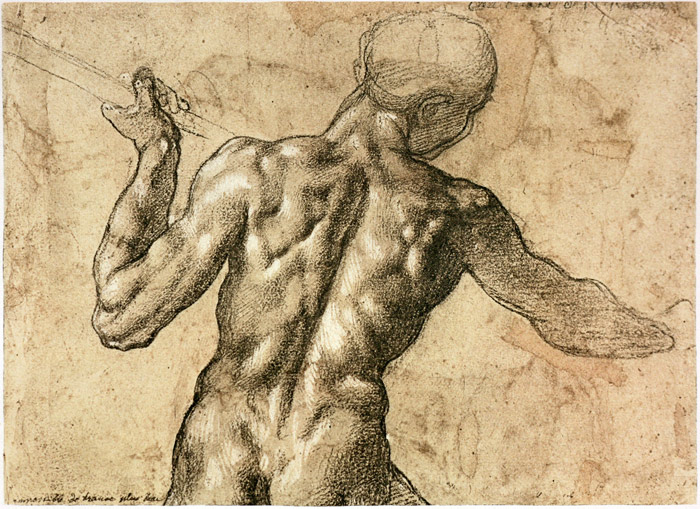
Equipped with the knowledge about proportions, bone shapes and locations, muscle volumes, origins and insertions and so on, you will be able to draw meaningfully and confidently “what you know” about a human body rather than copy what you see looking at a model.
Drawing from life is the best way to improve figurative drawing skills. You won’t achieve it by copying photos, so you may save some time by stopping the copying of photographs. Instead, draw from life, memory and imagination. Copying the Old Masters is useful for getting a good taste for art and the appreciation of classical heritage.
To learn all you need to know about anatomy for artists, you can enroll in the Anatomy Master Class »
To learn professional drawing techniques, including constructive drawing principles, you can enroll in the Drawing Academy course.
In both courses, Anatomy Master Class and Drawing Academy, you will get a lifetime membership and unlimited personal support from the tutors, including constructive critique of your artwork.
Kind regards,
Vladimir London
Art Tutor

